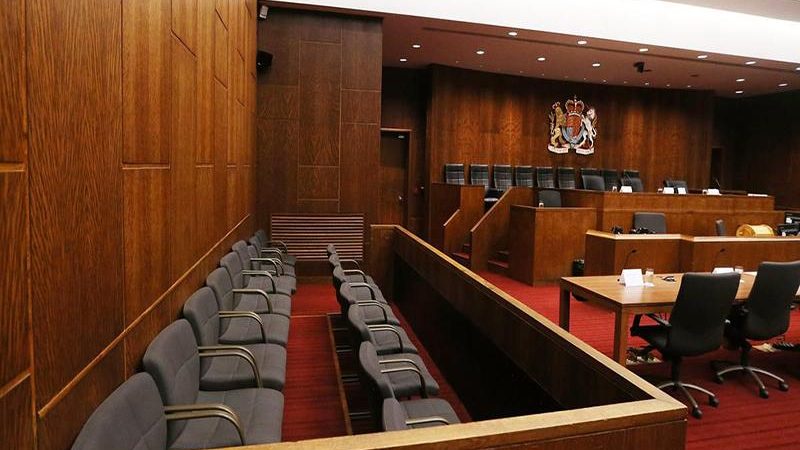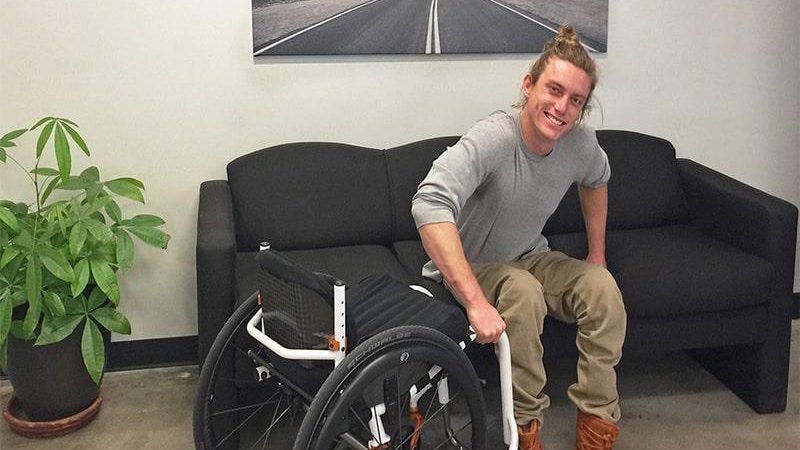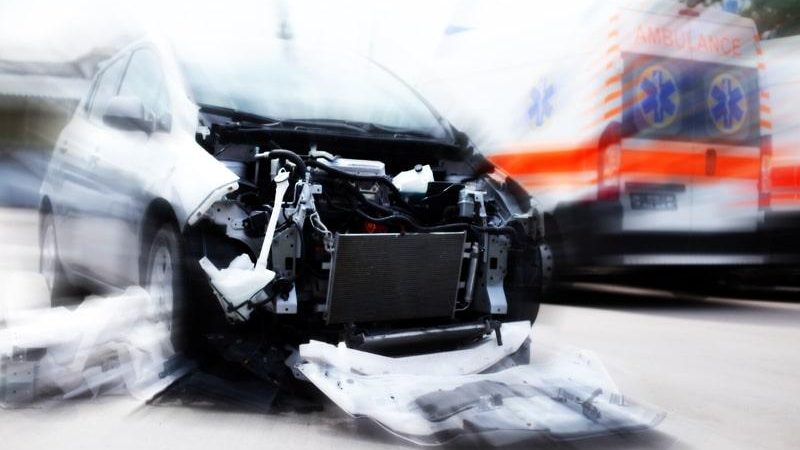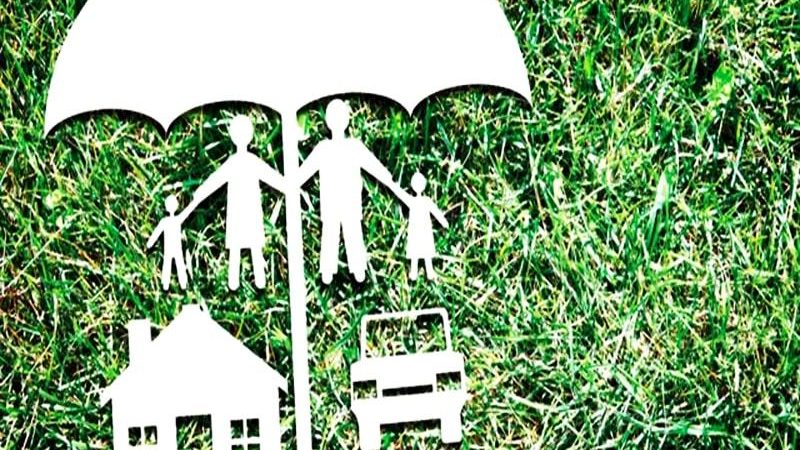Procedural Fairness in LAT Proceedings
Find out about some examples where an insurance company failed to meet the minimal requirements of fairness Lockyear v. Wawanesa Mutual Insurance Company[1] is a recent case where an appeal to the Superior Court of Justice, from a decision of the License Appeal Tribunal (LAT) rejecting the insured’s application to be designated as catastrophically impaired, was granted on the basis that the LAT hearing and reconsideration breached the duty of procedural fairness. Procedural fairness is recognized by the courts as a central principle of Canadian administrative law. Procedural fairness refers to the right to be heard, for someone to participate…
Read More









